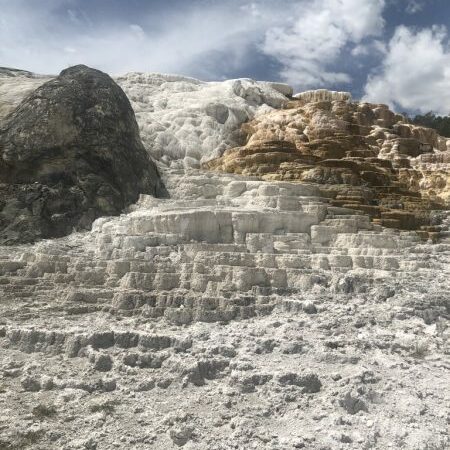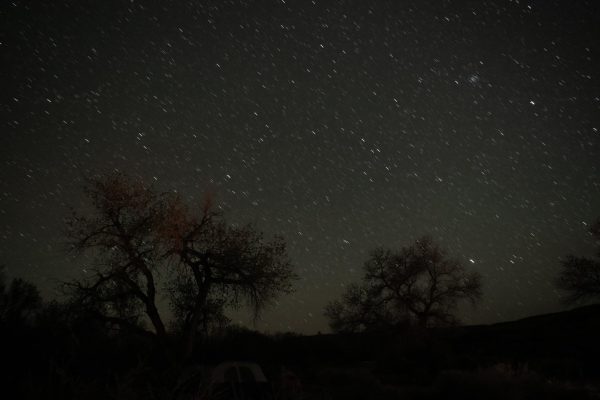Rekindling Our Relationship With Light
Caught in the Floodlight
The act of seeking light is an innately human quality. We are, after all, biologically dependent on this miraculous phenomenon. However, our persistent fascination stretches far beyond the basis of survival. Themes of light occur in almost every discipline: physics, chemistry, biology, literature, art, religion, medicine… the list goes on. So perhaps it makes sense why we’ve surrounded ourselves with it.
Flashlights, porch lights, lamps
Glow-in-the-dark sticks, TVs screens, and the neon “open” signs that hang in windows
String lights, street lights, and bulbs.
Neon, incandescent, LEDs
Cold, harsh, fluorescent, low
Dimmers, switches, toggles, chains.
There’s something spectacular about the constant wakefulness of modern life. Anywhere you look, there is always a light on.
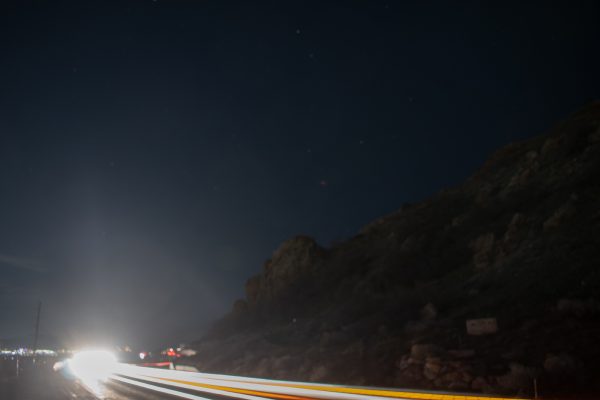
The Trouble with Light Pollution
Though our extensive list of innovations is impressive and revolutionary, it is worth exploring the impacts. If you haven’t heard of “light pollution” already, it is essentially defined as the prominent and disruptive emission of artificial light brought on by cities and other man-made sources.
There are a plethora of reasons why light pollution is problematic. For one, light pollution can make it difficult to see the night sky above. It can be near impossible to spot stars and other celestial bodies, even on the clearest of nights. This is because cities emit so much artificial light that it pollutes the skies the same way grime and waste may pollute an otherwise clear body of water. This is a problem even on the professional scale, as many astronomers struggle to expand their research and understanding of the universe due to intense skyglow.
Light pollution also poses a number of human health concerns. Chronic exposure to light is linked to dysregulation of emotional processing and disruption of circadian rhythms. Sleep disorders like insomnia are associated with improper light exposure, mental health issues such as depression and anxiety can also be worsened by light pollution. Our body’s metabolism and production of select hormones are threatened by constant exposure to light. This becomes particularly detrimental when this exposure occurs at night.
Furthermore, the impact of light pollution on the environment is more profound than one might think. Aside from the monstrous consumption of energy to keep entire cities powered, light pollution is poisoning our precious ecosystems and their ability to function. Many animals such as birds, insects, and marine life rely on natural light cues to dictate when to migrate and breed. Light pollution makes distinguishing these cues near-impossible for some species, threatening their survival. Artificial light has been known to disorient animals on their migration paths, leading them to off course with their natural path. Birds, in particular, struggle to remain on migration paths in the presence of artificial light, and have been known to collide with buildings as a result. This phenomenon is being researched in many places, including right here in Salt Lake. Local nonprofit organizations work to collect data on this issue in the hopes to better understand the relationship between bird migration and anthropogenic impacts, and to improve our areas to be more friendly to our feathered friends. There’s no denying that light pollution is a major issue that threatens not only our physical environment, but our personal well-being and quality of life. So what can be done?
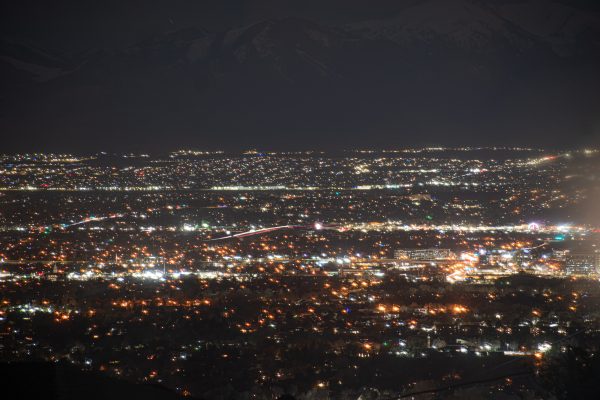
Dimming Down
The first and most obvious solution to this issue is to turn off lights when they’re not in use. Being more mindful about our relationship with light and energy use is key to making a real difference. Though turning off the porch light at night won’t reduce that “skyglow” we talked about earlier, small efforts such as these help to reduce local light pollution. A movement that has gained popularity over the years are “Dark Sky” policies which aim to regulate light usage in local areas. These policies take many forms, but often involve restricting outdoor lighting after a certain time. Dark Sky policies may also regulate the kind of lighting installations that certain buildings and areas can have in order to reduce light-caused disturbances. Such efforts, both personal and public, may help improve light pollution and its negative impacts. Ironically, turning off that light may very well be a stepping stone to a brighter future.
Finding Solace in the Stars
It is my firm belief that fostering a personal connection with nature is incredibly important in developing an understanding and care for the world. Much of my love for the natural world sprouts from my time spent within it. In a quest to rebuild my relationship with light, I have made an effort to navigate away from the strain of the computer screen, blinking traffic lights, and harsh overheads. I find myself indulging more and more in natural light. These photographs serve as evidence of such efforts. I’ve noticed how the milk-colored clouds slowly waft upwards during gentle sunrises, and how the pinpoint stars stand out decisively from the dark skies. If you find yourself with a few extra moments, sit and soak up one of Salt Lake’s famously “loud” sunsets, or perhaps witness the way sunlight filters through the leaves of a nearby tree. Light a candle and stare into the flame, that human fascination will quickly seep back into your bones.
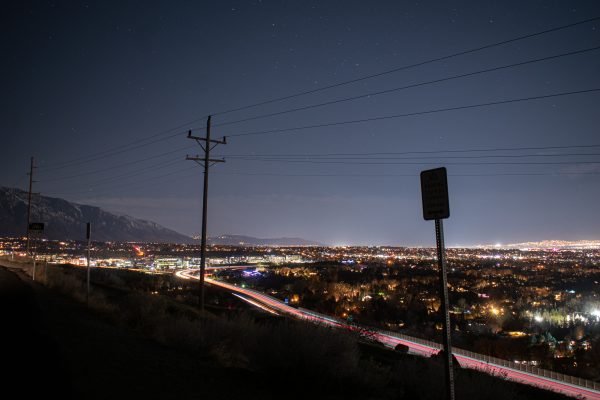
The post Rekindling Our Relationship With Light appeared first on Wasatch Magazine.
Source: https://wasatchmag.com/rekindling-our-relationship-with-light/




